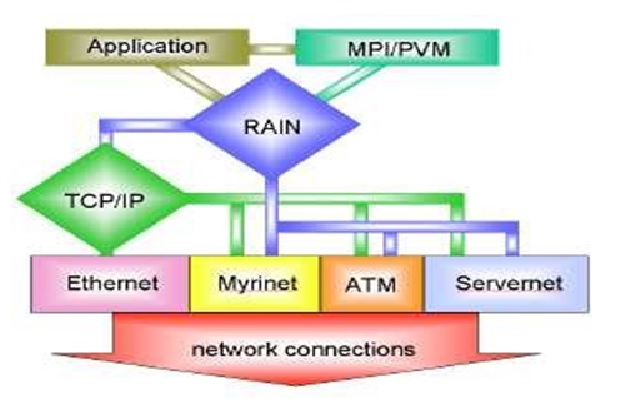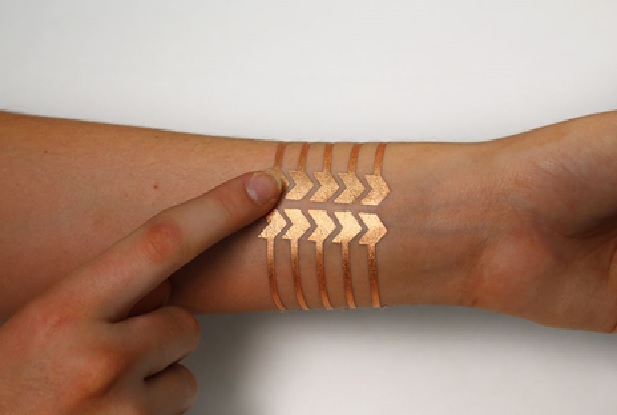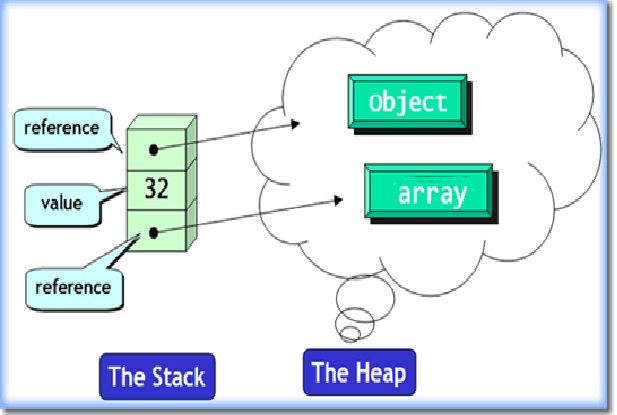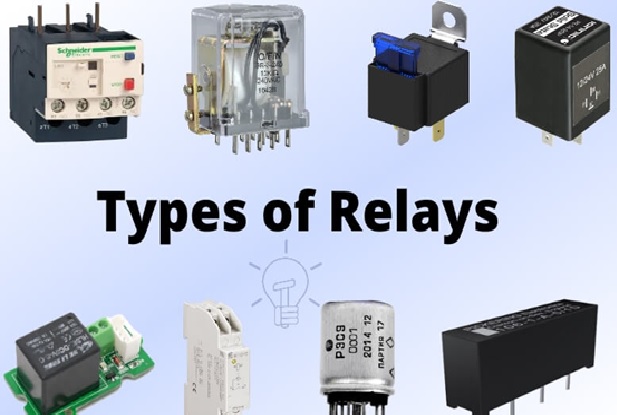Pros and Cons of Hyper-Threading technology
Hyper-Threading Technology is a hardware innovation that allows more than one thread to run on each core. More threads means more work can be done in parallel. Hyper-Threading Technology is active, the CPU exposes two execution contexts per physical core. This means that one physical core now works like two “logical cores” that can handle different software threads. The ten-core Intel Core™ i9-10900K processor, for example, has 20 threads when Hyper-Threading is enabled. [1]

Figure 1. Pros and Cons of Hyper-Threading technology
Figure 1 shows Hyper-threading is a process by which a CPU divides up its physical cores into virtual cores that are treated as if they are actually physical cores by the operating system. These virtual cores are also called threads [1]. Most of Intel’s CPUs with 2 cores use this process to create 4 threads or 4 virtual cores. Intel CPUs with 4 cores use hyper-threading to create more power in the form of 8 virtual cores, or 8 threads. [2]
Pros: The Advantages of Hyper-Threading Technology
The technology essentially allows each core to accomplish two things at once. Hence, one of the benefits of Hyper-Threading is that it increases the performance of a CPU by improving its efficiency ore more specifically, how well it processes data and instructions.
Specifically, it works by splitting each of the physical cores of the CPU into virtual or logical cores. These virtual cores are known as threads. An example would be a four-core CPU with HT Technology to provide eight threads.
More thread means more work could be done in parallel. A single core doing simultaneous multithreading technically works like two “virtual cores,” thereby maximizing its capacity and the overall performance of the processor.
Cons: The Disadvantages of Hyper-Threading Technology
It is important to reiterate that HT Technology does not increase the performance of a processor or its specific processor cores. It is simply a hardware-specific technology that enables a single core to interleave multiple threads of execution,
- The technology does not technically double the performance of a core and the entire CPU. Instead, it simply maximizes the efficiency of each core, thereby enabling the core and the entire processor to reach their maximum performance potential.
- Some software does not support simultaneous multithreading. Applications that do not support HT will not run smoothly under processor-intensive conditions. To take advantage of the technology, it requires implementation from the software level. [3]
References:
- https://www.intel.com/content/www/us/en/gaming/resources/hyper-threading.html
- https://www.hp.com/us-en/shop/tech-takes/what-is-hyperthreading
- https://www.konsyse.com/articles/advantages-and-disadvantages-of-hyper-threading/
Cite this article:
Thanusri swetha J (2021), Pros and Cons of Hyper-Threading technology, Anatechmaz, pp. 62















